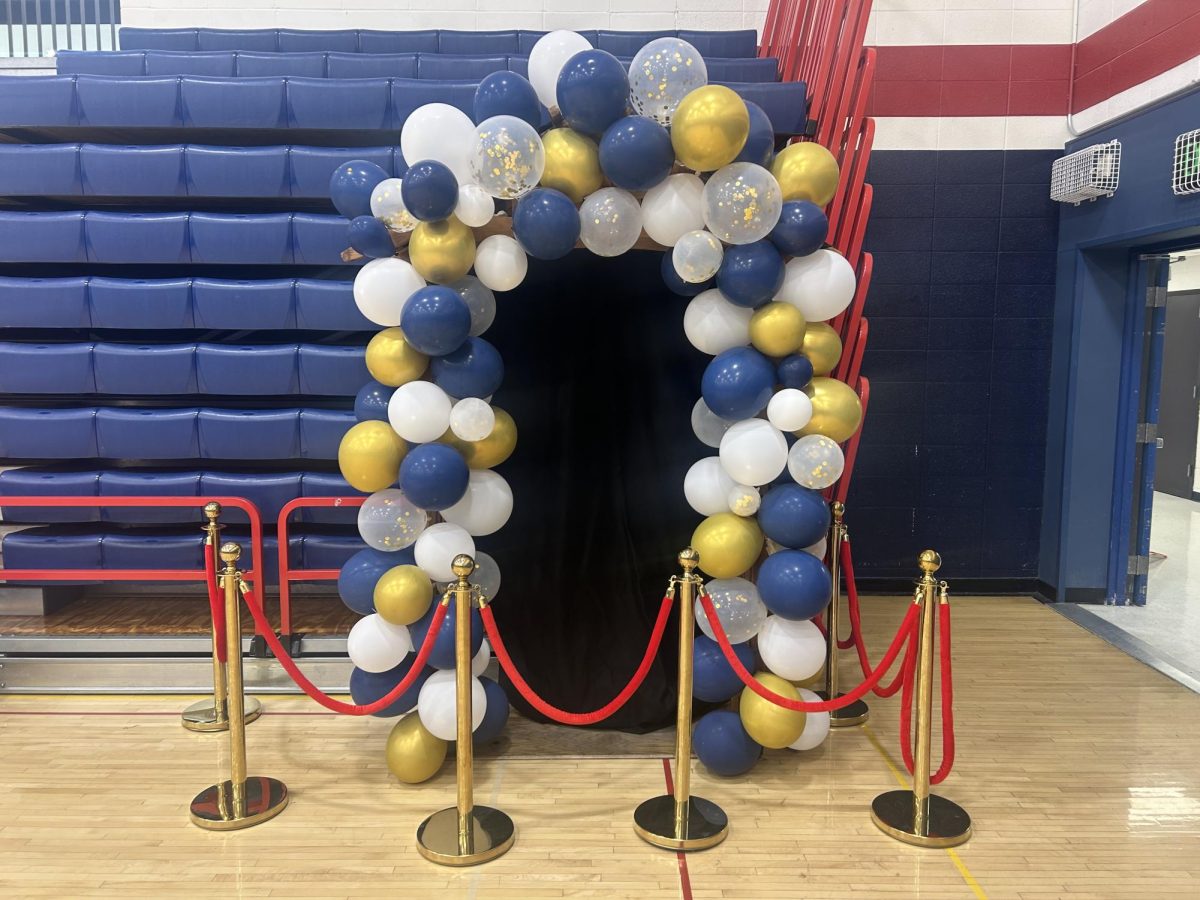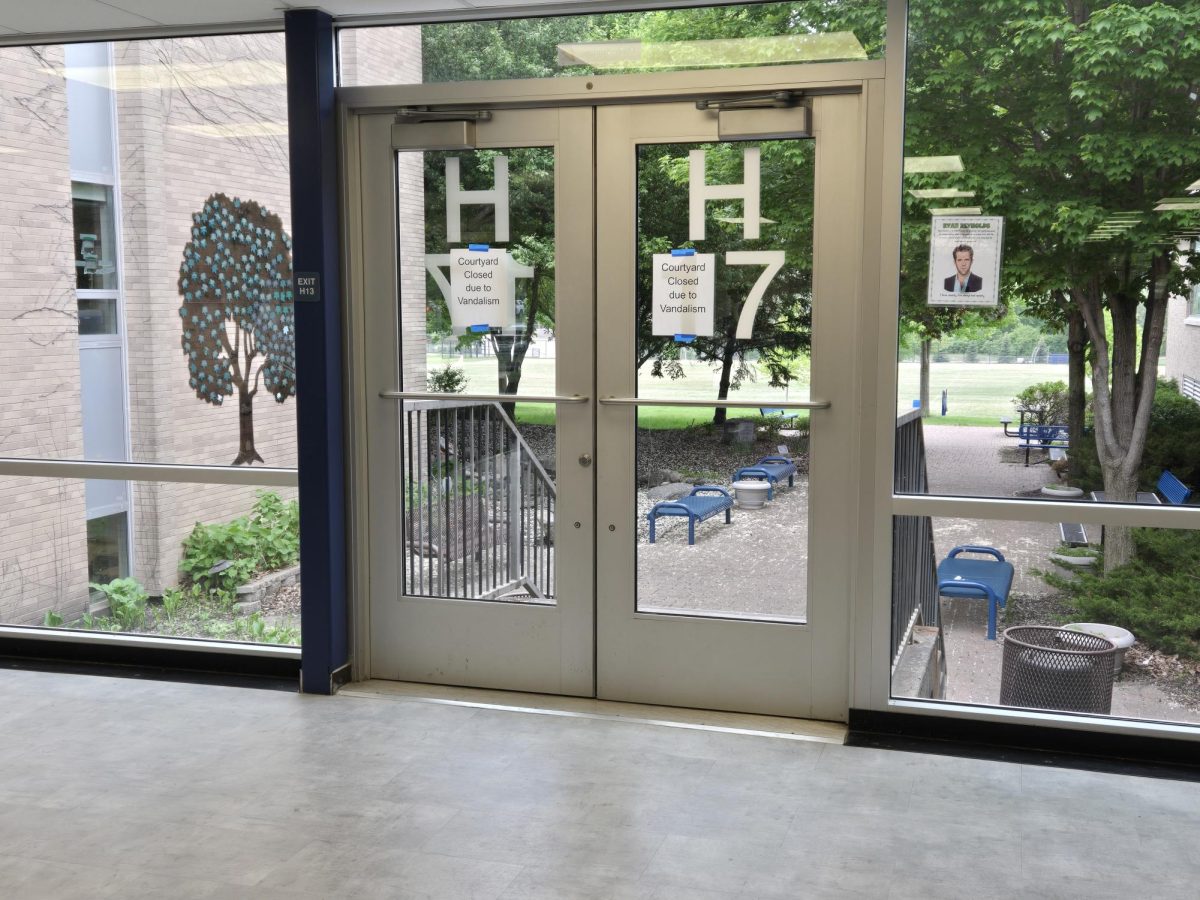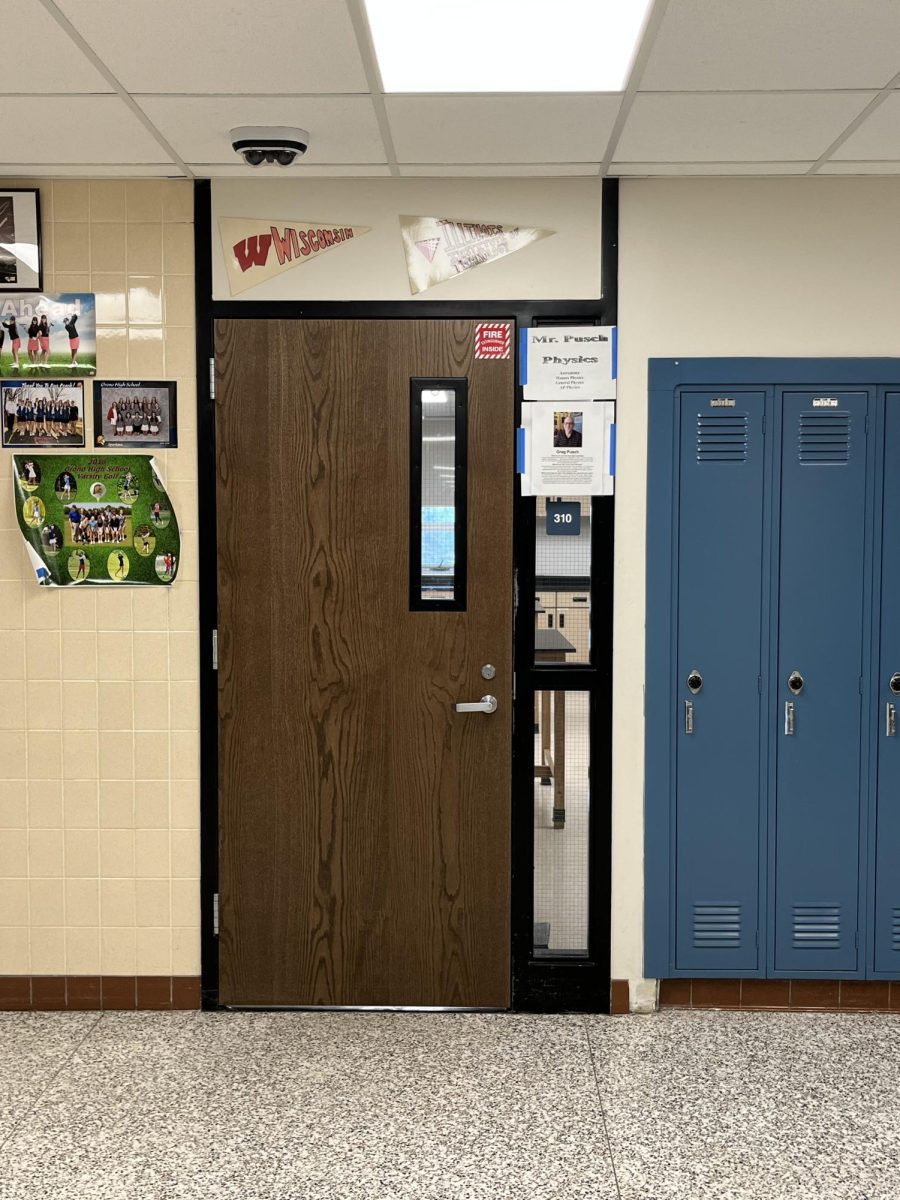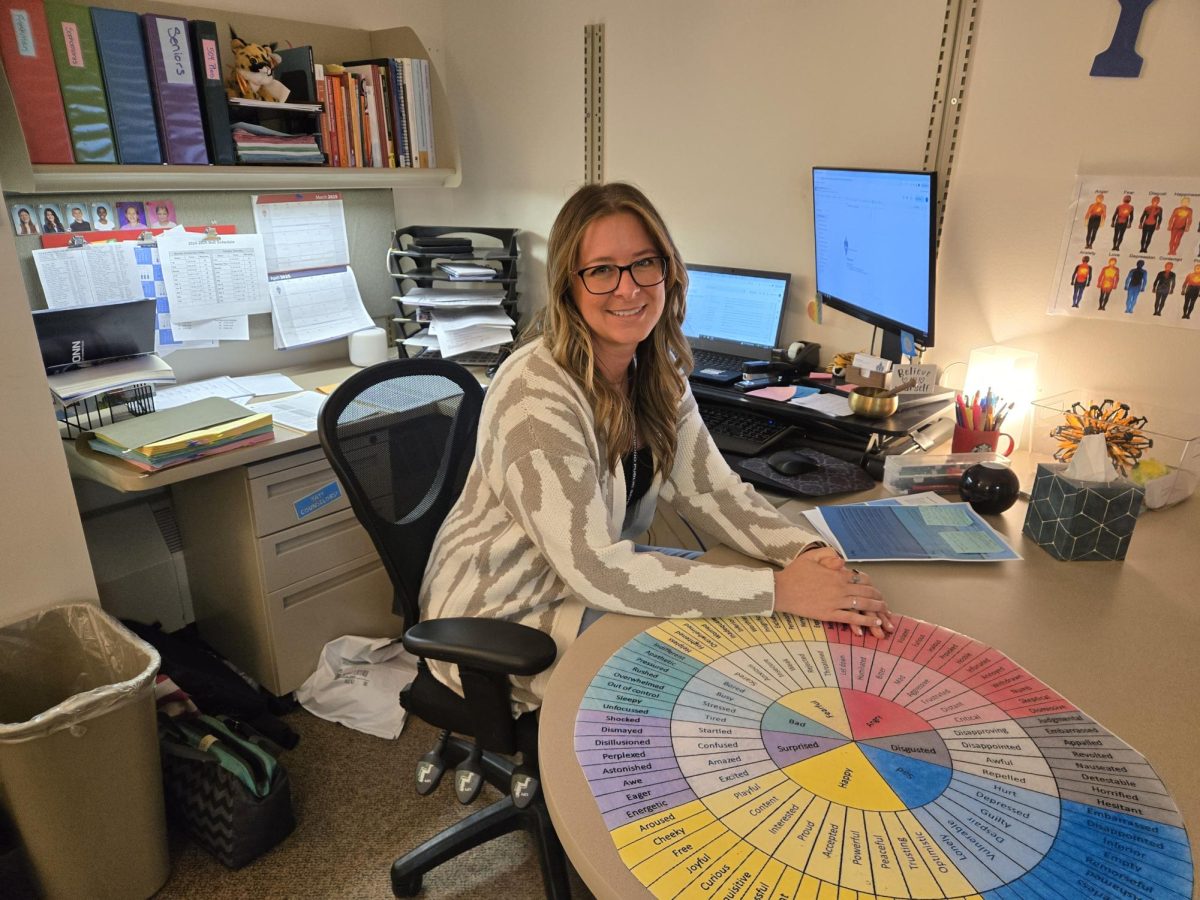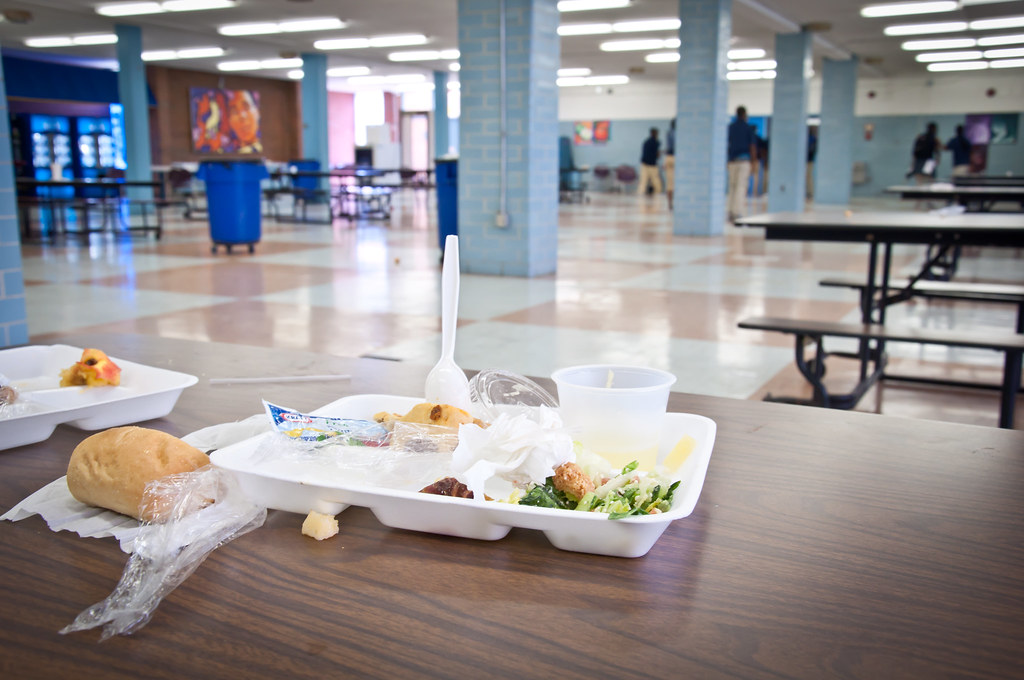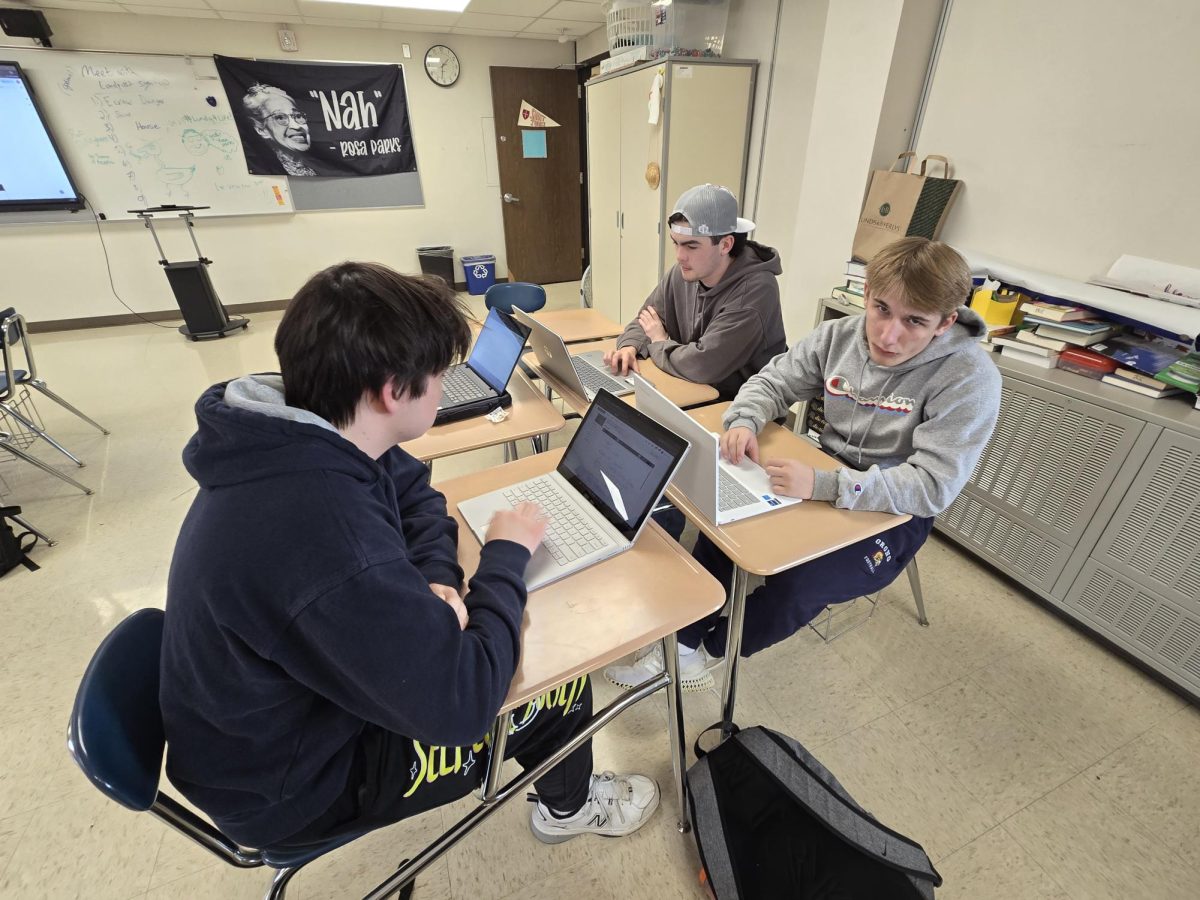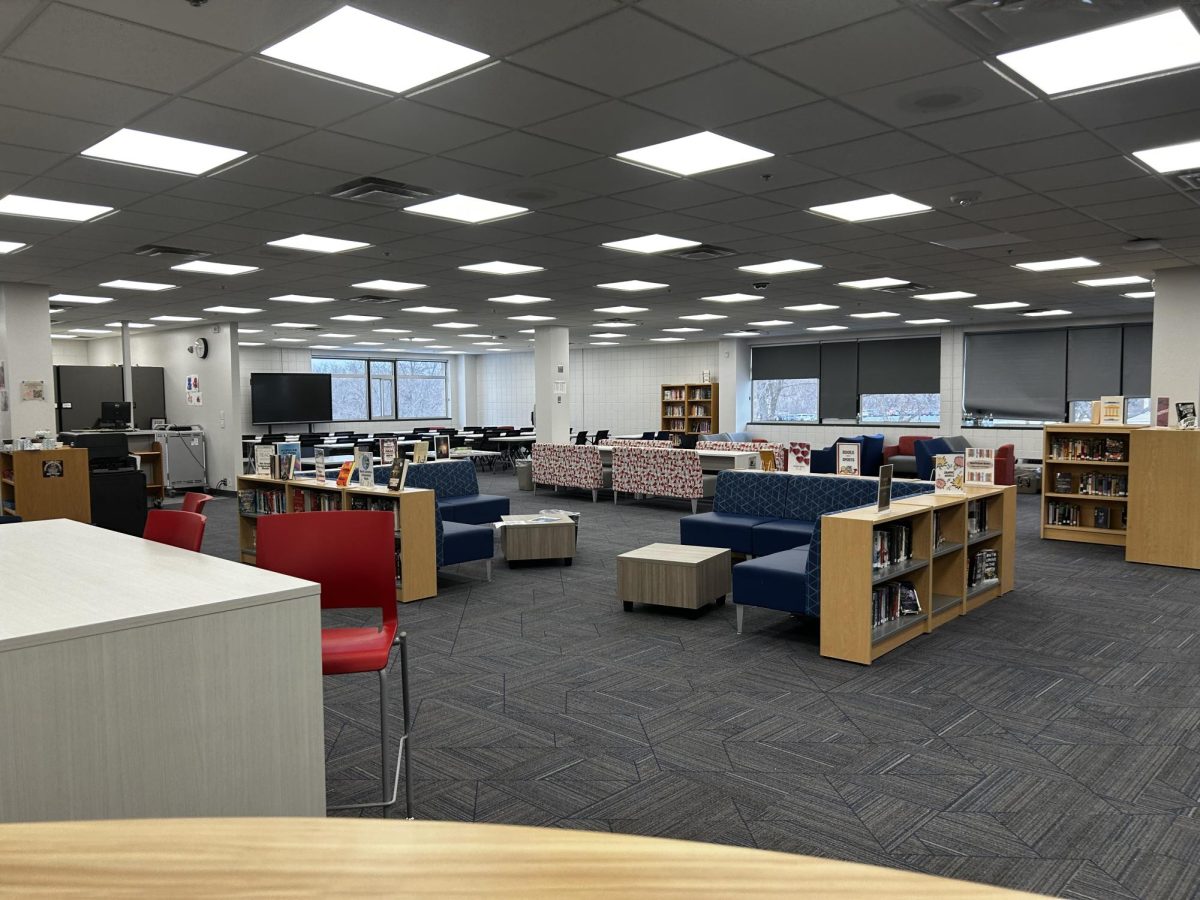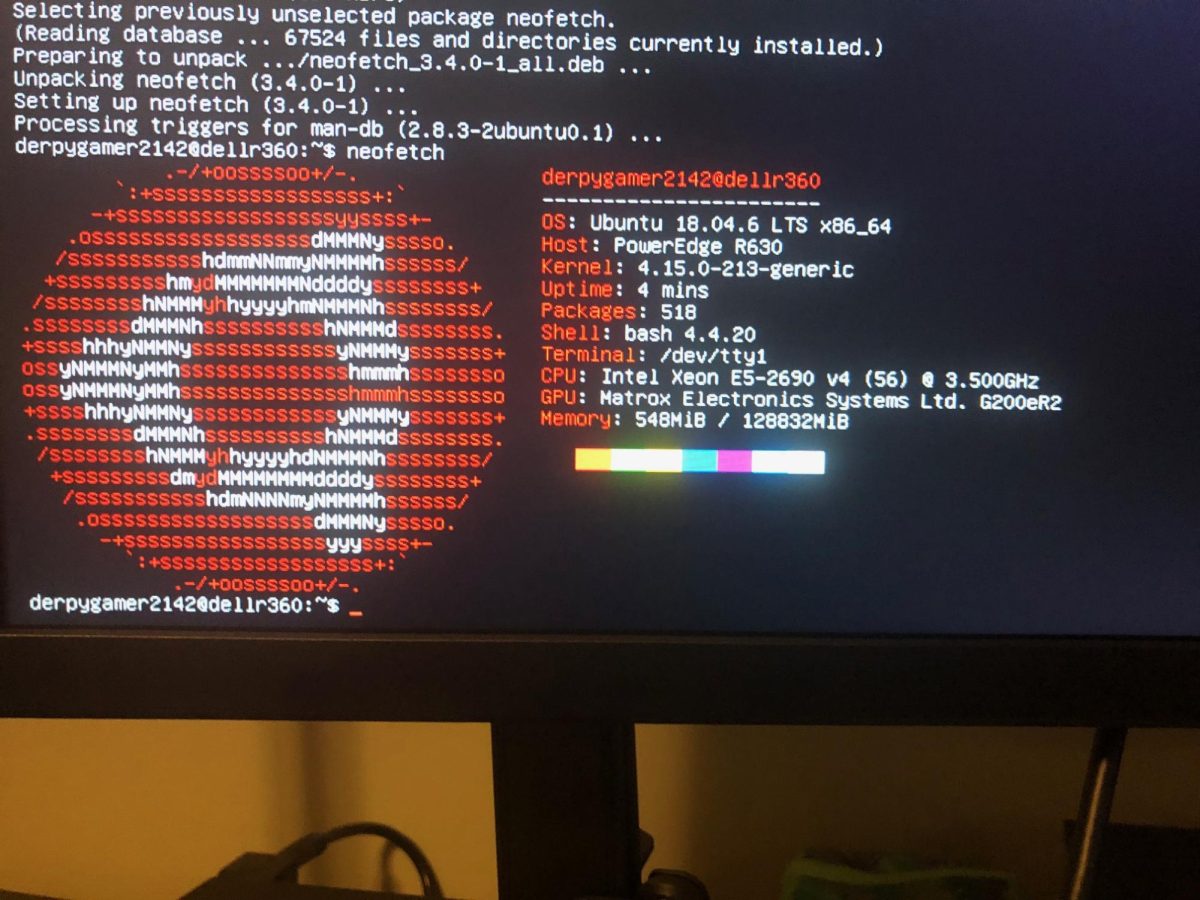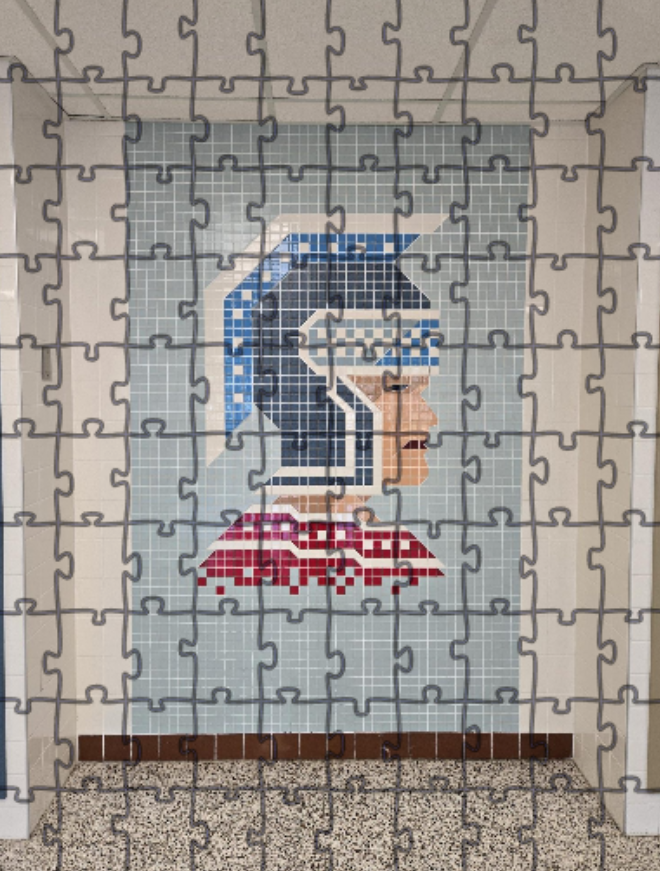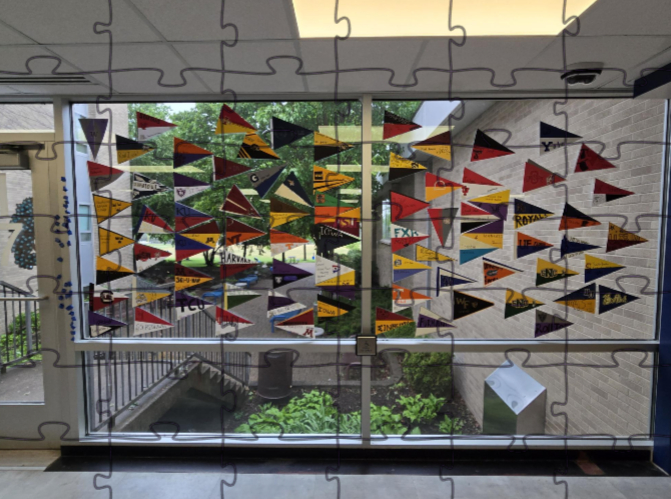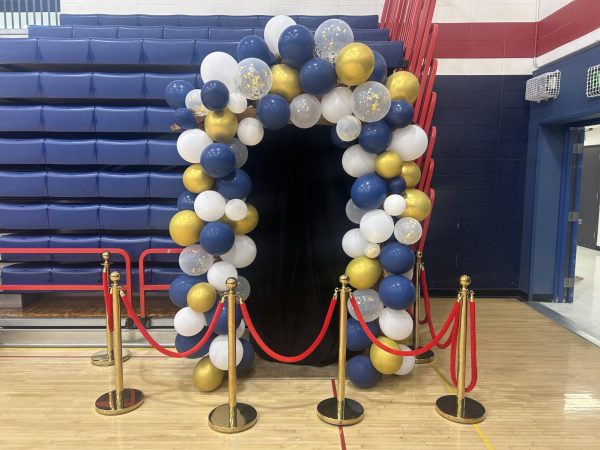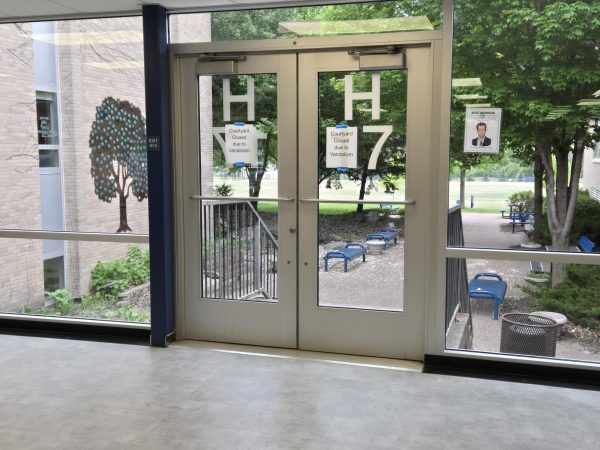Tech-y teachers use electronics in the classroom
Teachers begin to use technology in their classrooms.
The new rules on technology use have affected the classroom setting in many ways, however some teachers have decided to embrace the use of technology and implement it in a positive way.
Schools are beginning to move more towards technology based lesson plans and assignments.
According to The Economist, using technology will “move from ‘one-size-fits-all’ education to a more personalized approach, with technology allowing each child to be taught at a different speed.”
One of the high school’s new chemistry teachers, Suzanne Kehret, has chosen to use technology in her class as a way to improve her students’ understanding of the material.
Kehret uses socratic quizzes as a way to gauge her students’ comprehension. Socratic quizzes allow students to take a quiz on their cell phone or electronic device in class after completing their homework.
“Students may know the answers to the questions but may not want to answer them in front of the class for fear of getting it wrong,” Kehret said.
“Socratic quizzes allow students to answer the questions confidently because the only people that see the results are the students and me,” Kehret added.
According to the Moodle informational page, Moodle is an “Open Source Course Management System,” which is used by educators to create online websites for their students to utilize.
Kehret uses Moodle as a way to keep her students updated and as a way to organize information more easily.
Junior Matthew Hirschberg, a student of Kehret’s, believes the methods of teaching that she has brought with her are beneficial to the students’ learning.
“I think it’s really nice because she makes sure we understand it and get the concepts instead of just going over the answers,” Hirschberg said.
Kehret is currently getting her master’s degree in educational technology, and directly applies what she has learned into her lessons.
History and psychology teacher Andy Gagnon has also implemented technology in his classroom.
“Student engagement is something we always try to evaluate. At the high school level, students use technology a lot,” Gagnon said.
“As we teach more, we learn other tools that are out there, and we learn what works and what doesn’t,” Gagnon added.
Although technology can cause problems when used for a negative purpose, Gagnon believes that it is important to utilize the positive side of technology in order to improve students’ learning.
Technology can have many positive effects when used in the correct way, but it can sometimes be inconvenient for students.
“It’s okay to use phones a little bit for looking stuff up, but when you have to use it for an assignment or [for] polls, it gets annoying,” junior Adriel Fredrickson said.
Students are expected to keep their phones off and have them put away during class, unless it is specified to take them out.
“If they complain about us using our phones, why would they have us do activities with our phones because it just encourages us to use our phone?” Fredrickson said.
Overall, Orono is looking to embrace the positives of technology while still enforcing the new technology policy.

